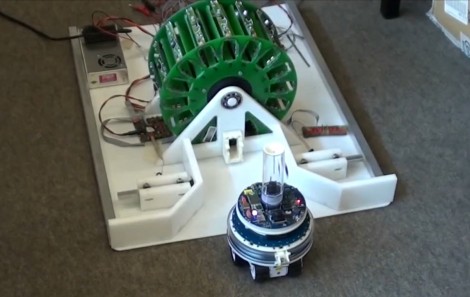As a video game, DOOM has achieved cult status not just for its legendary gameplay and milestone developments but also because it’s the piece of software that’s likely been ported to the most number of platforms. Almost everything with a processor can run the 1993 shooter, but as it ages, this becomes less of a challenge. More modern games are starting to move into this position, and Factorio may be taking a leading position. [Point Substantial] has gotten this game to run on a mobile phone.
The minimum system requirements for Factorio are enough to make this a challenge, especially compared to vintage title like DOOM. For Linux systems a dual-core processor and 8 GB of memory are needed, as well as something with at least 1 GB of VRAM. [Point_Substantial]’s Xiaomi Mi 9T almost meets these official minimum requirements, with the notable exception of RAM. This problem was solved by adding 6 GB of swap space to make up for the difference.
The real key to getting this running is that this phone doesn’t run Android, it runs the Linux-only postmarketOS. Since it’s a full-fledged Linux distribution rather than Android, it can run any software any other Linux computer can, including Steam. And it can also easily handle inputs for periphreals including a Switch Pro controller, which is important because this game doesn’t have touch inputs programmed natively.
The other tool that [Point_Substantial] needed was box86/box64, a translation layer to run x86 code on ARM. But with all the pieces in place it’s quite possible to run plenty of games semi-natively on a system like this. In fact, we’d argue it’s a shame that more phones don’t have support for Linux distributions like postmarketOS based on the latest news about Android.
Thanks to [Keith] for the tip!












